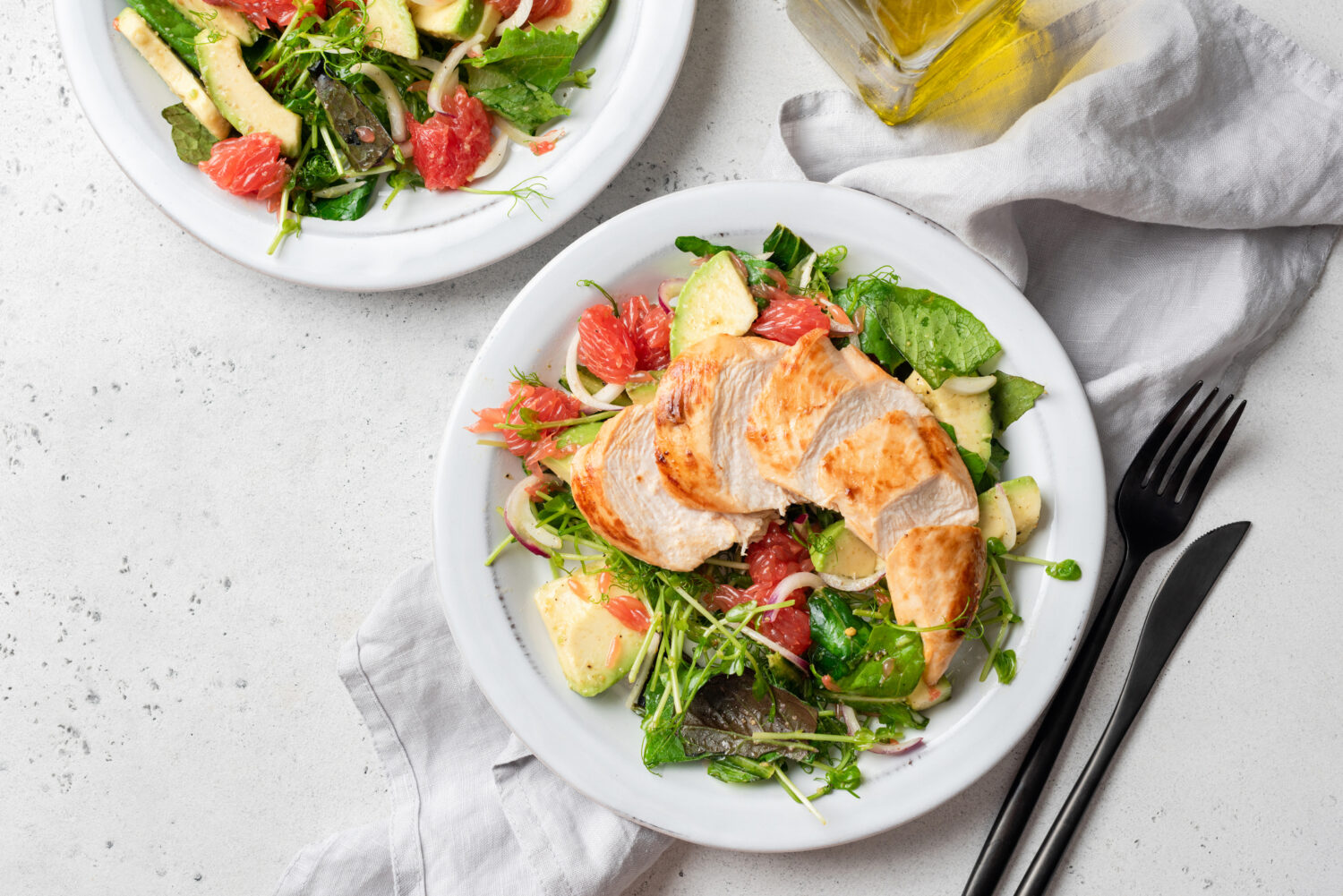Meet Cara Harbstreet
 Cara Harbstreet, MS, RD, LD is a Kansas City-based dietitian and the owner of Street Smart Nutrition. Her passion is fearlessly nourishing meals, which she shares on her blog and social media platforms, as well as her clients in private practice. Cara specializes in using a non-diet, Health At Every Size (HAES) aligned approach for sports nutrition, wellness and meal planning. She is a 3-time published author, a nationally-recognized nutrition communicator and active volunteer in the dietetics field.
Cara Harbstreet, MS, RD, LD is a Kansas City-based dietitian and the owner of Street Smart Nutrition. Her passion is fearlessly nourishing meals, which she shares on her blog and social media platforms, as well as her clients in private practice. Cara specializes in using a non-diet, Health At Every Size (HAES) aligned approach for sports nutrition, wellness and meal planning. She is a 3-time published author, a nationally-recognized nutrition communicator and active volunteer in the dietetics field.
When it comes to enjoying chicken, Cara says, “We love a spicy stir fry! Chicken thighs are my favorite cut because they’re packed with so much flavor. I like to cut skinless, deboned chicken thighs into thin strips and marinade them before tossing them into a hot wok or skillet. It’s a staple for meal prep because the veggies, rice and chicken reheat so well, and it’s always a reliable, filling and flavorful meal!”




